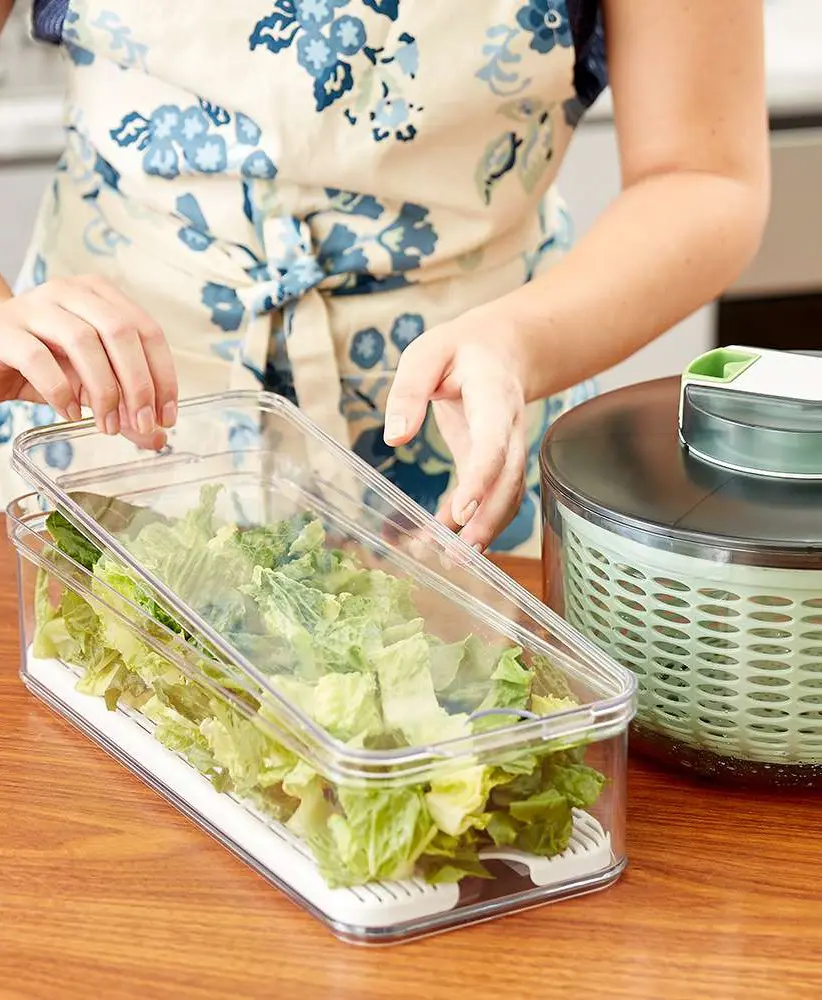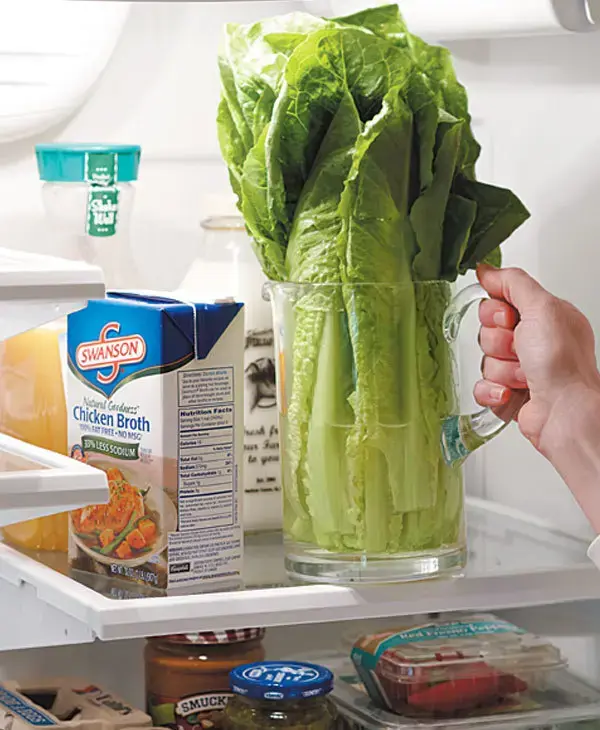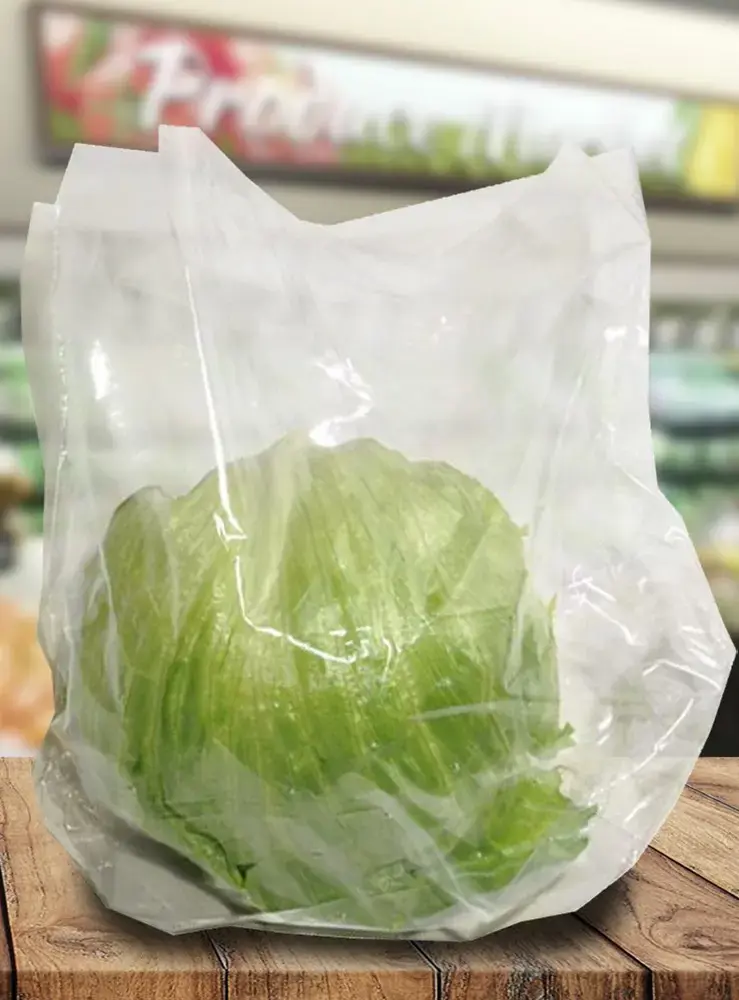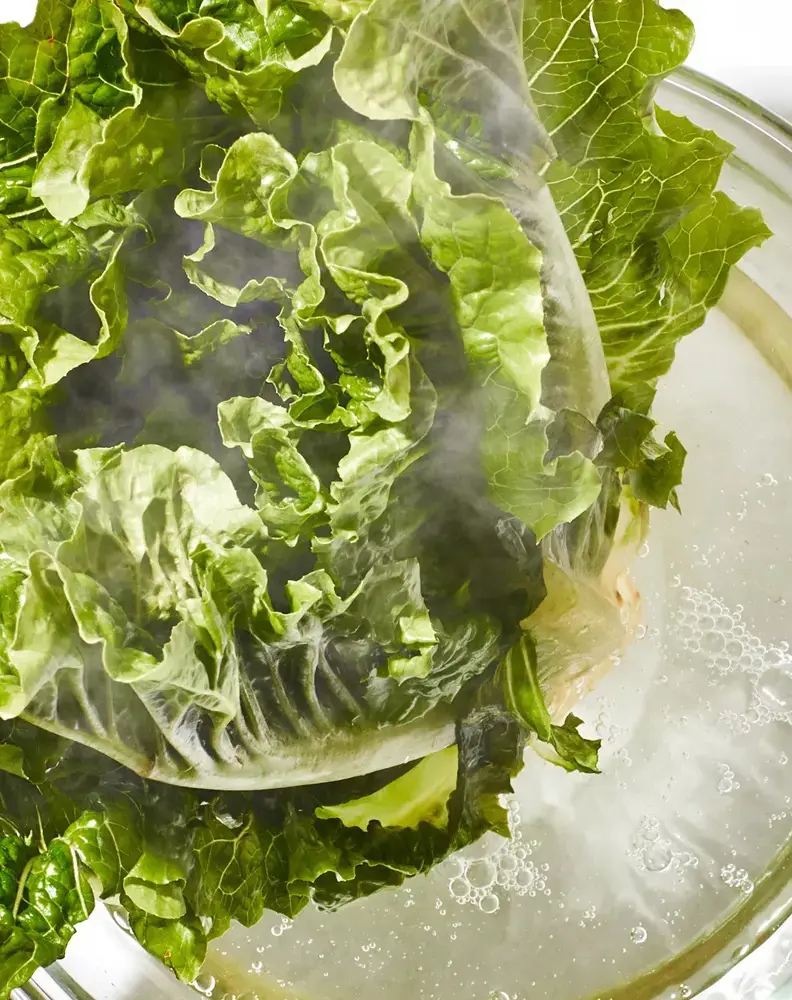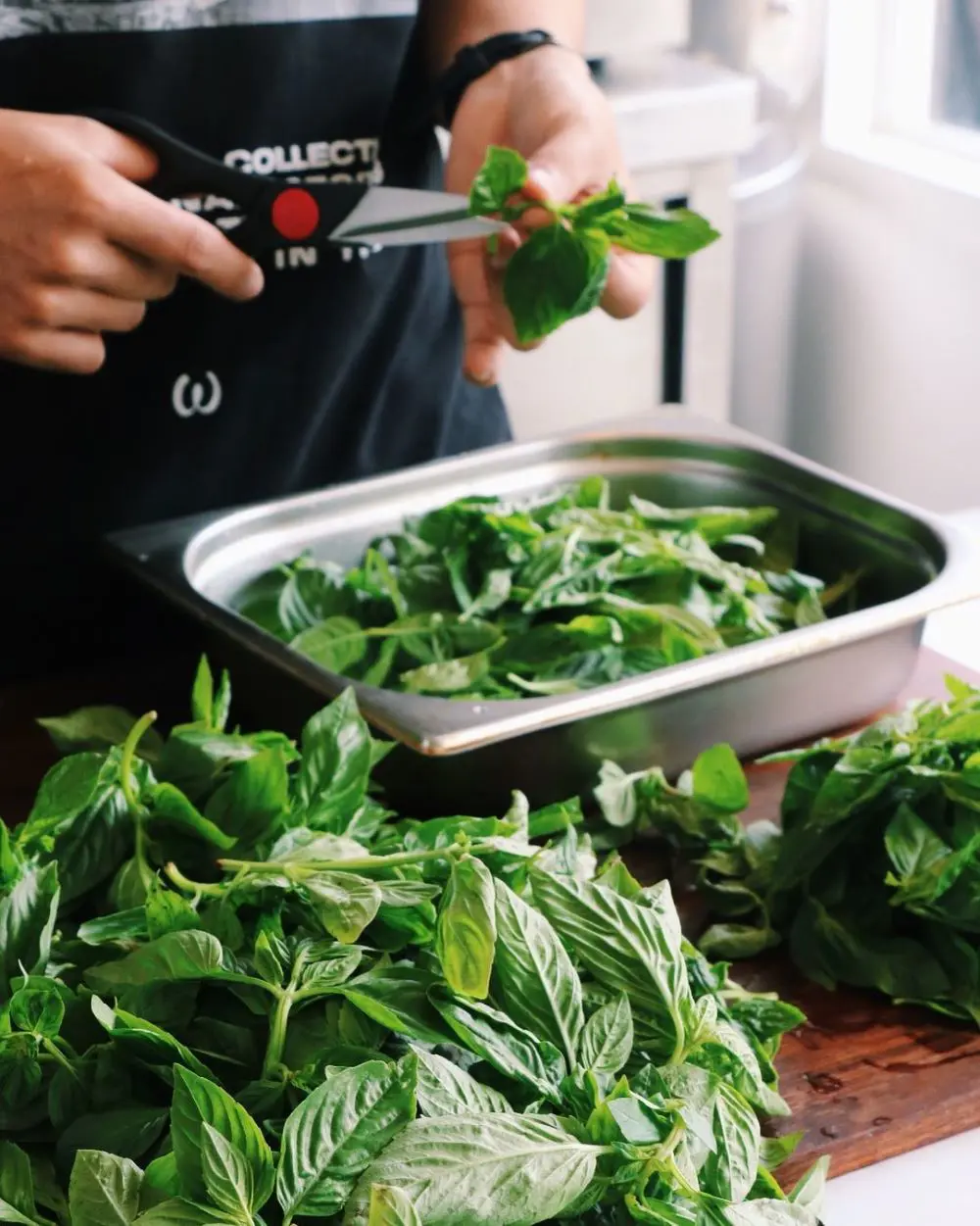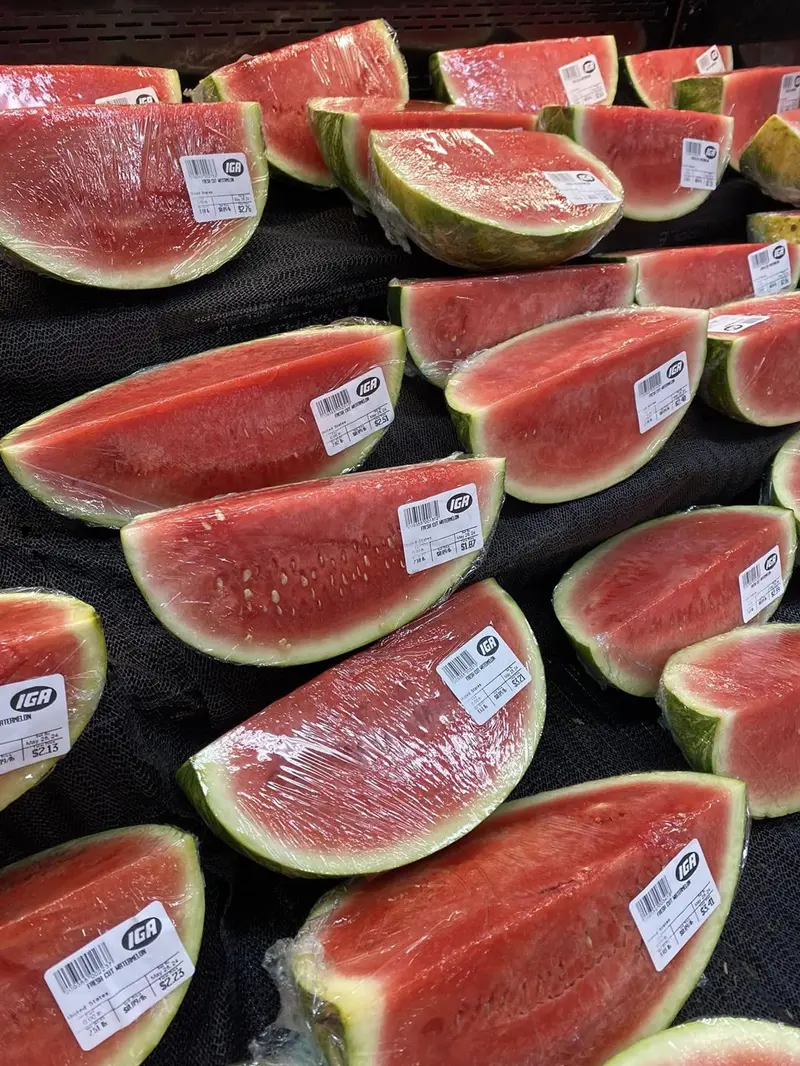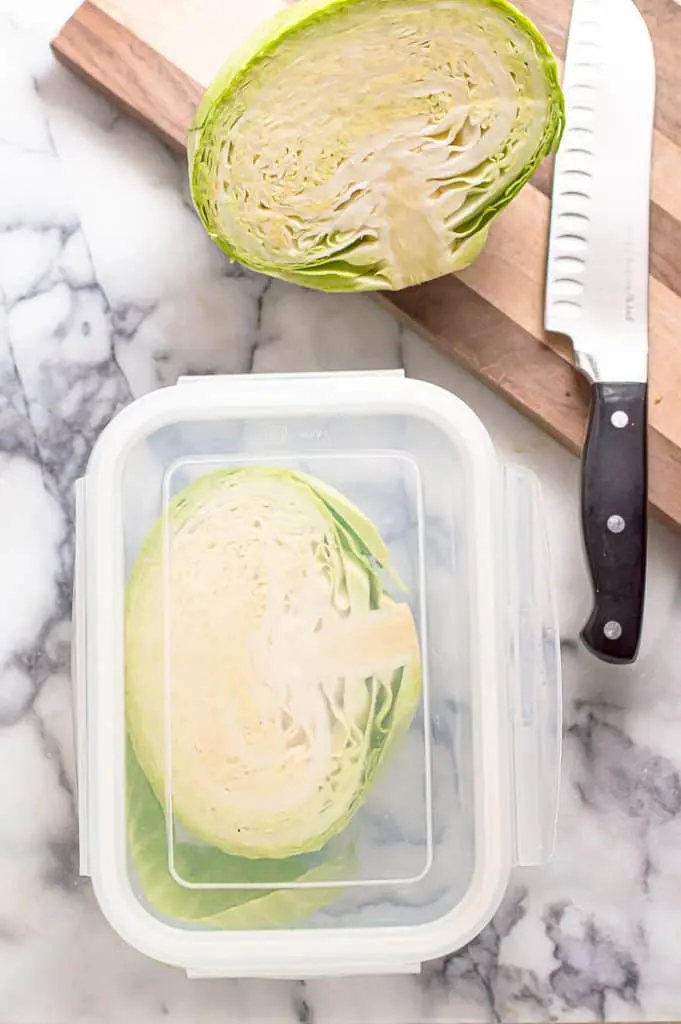How To Keep Lettuce Fresh
Keeping lettuce fresh involves understanding how to store it. Lettuce is highly composed of water; hence, it often wilts and goes bad if mishandled.
Here are some helpful tips that will help in maintaining its crispiness and bright green color:
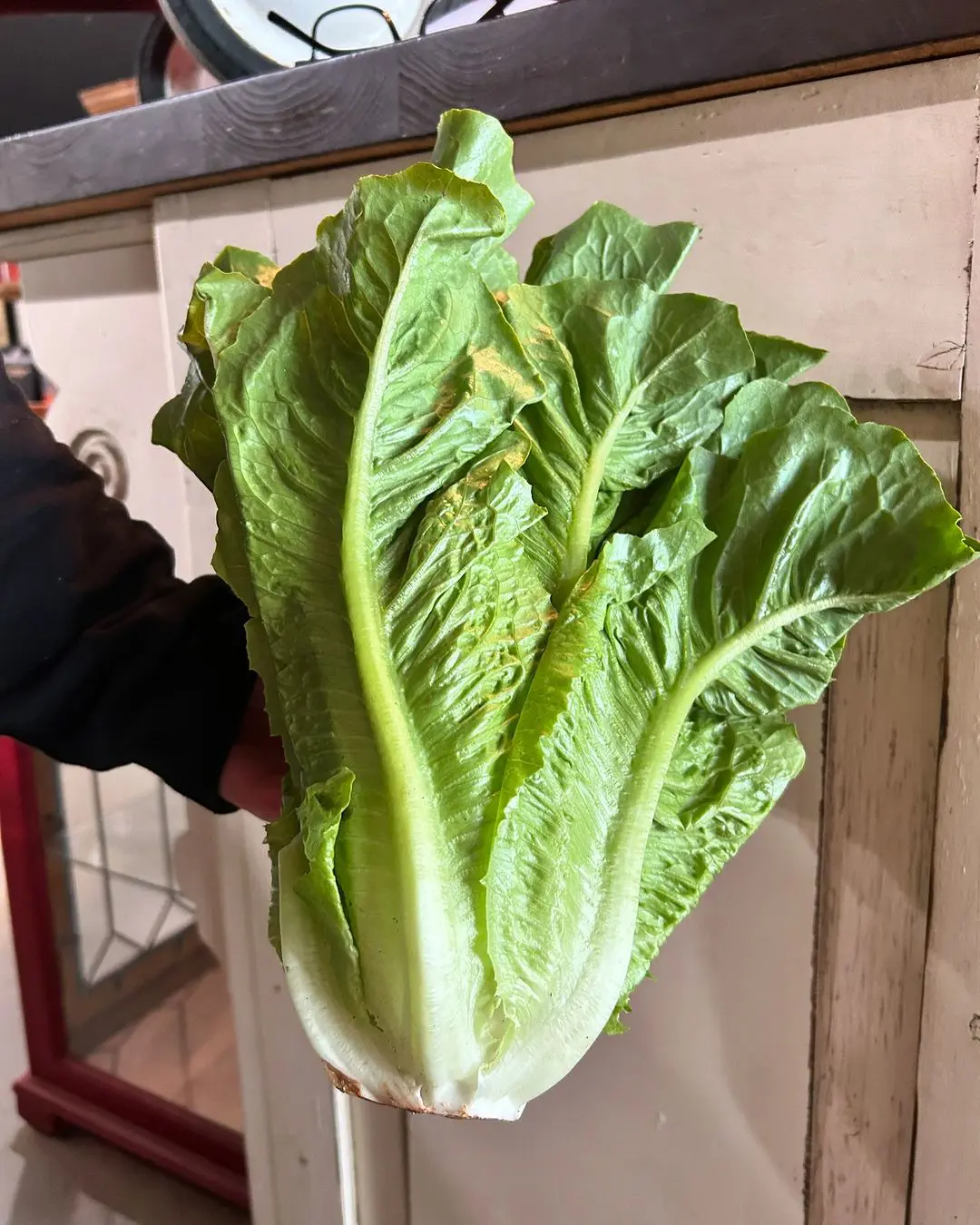
1. Select Compact Leaves
Get firm, compact lettuce heads with dark green leaves, it should feel solid yet firm upon a gentle squeeze. Colored green leaves ensure freshness and good nutrient levels.
Avoid lettuce with browns, wilts, or sliminess. The leaves on the outside will be discolored, showing age or poor storage conditions.
Find one with no strong smell to show spoilage. Odor testing should reveal a fresh and neutral smell. Stronger odors could imply microbial growth or decay.
2. Clean The Leaves
Now, rinse the lettuce under a gentle flow of cold water to clear up dirt from the greens and partial pesticides. Place the lettuce under cold running water; make sure every leaf gets the process right to clear the residual dirt or chemical remains.
Remove excess moisture by using a salad spinner, or pat dry using paper towels - immediately after rinsing, place the lettuce in a salad spinner and spin dry, or pat the lettuce dry using paper towels.
Excess moisture hastens deterioration, so lettuce needs ample time to dry completely, if wet, allow the lettuce some time to be laid out on clean paper towels to air dry a little. Dry leaves stay crisp longer.
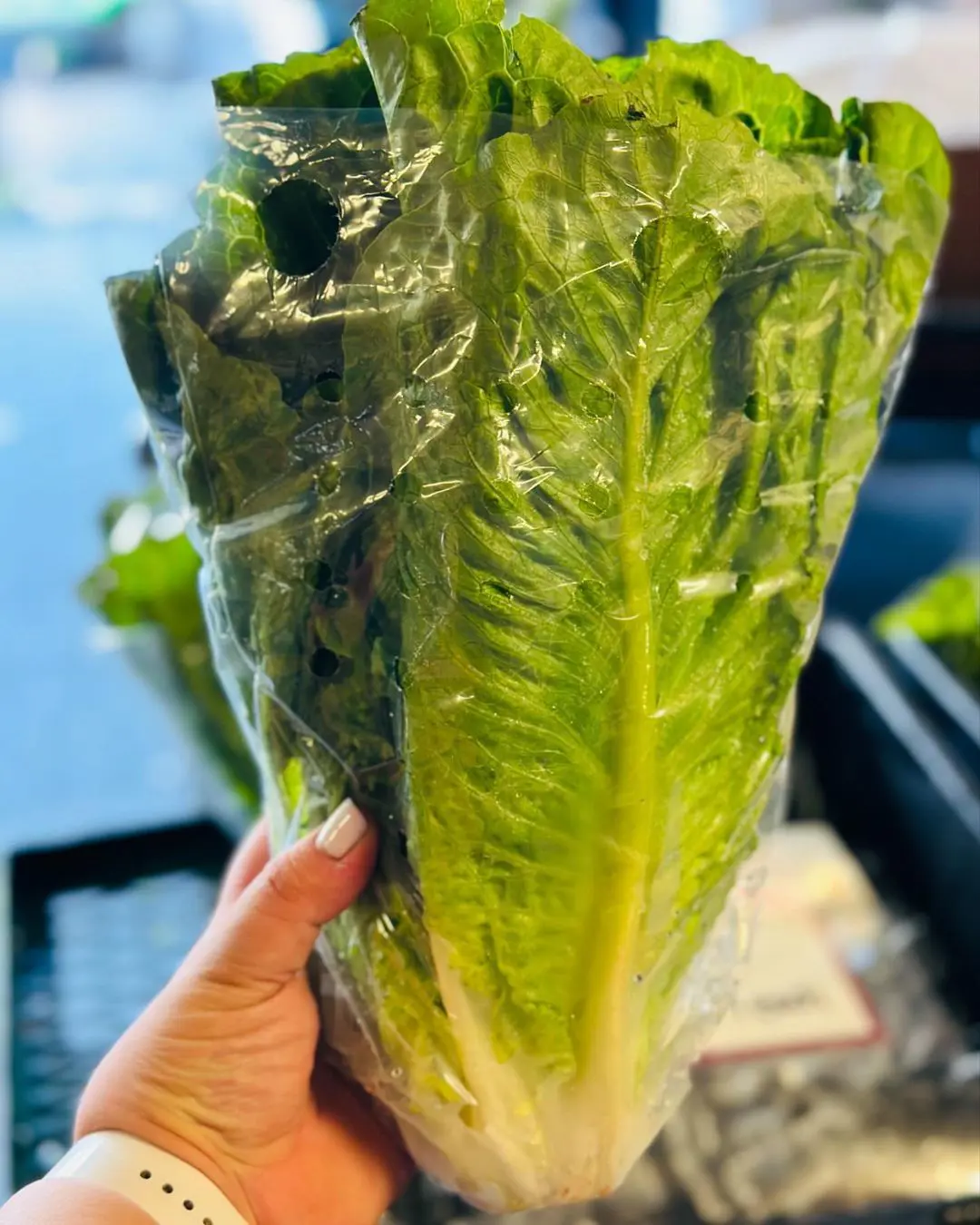
3. Handle With Care
Careful handling of the lettuce can avoid bruising and hence rapid deterioration. Be careful with the lettuce while moving it smoothly around to avoid bruising and damaging the highly bruised leaves.
Wash and move to storage lightly, transferring lettuce from the sink to the drying area or to storage should not be done roughly so that it can remain intact in its structure.
4. Control Temperature
Allow the refrigerator temperature to fall between 32-34°F/ -1°C to keep the lettuce fresh for an extended period of time: Keep the lettuce in the crisper drawer of the fridge or in a sealed container at cool-but-not-freezing temperatures.
Keep the lettuce away from areas in the refrigerator that are above 41°F / 5°C. The crispiness of lettuce is degraded, and it will wilt much faster than if it were kept in an above-temperature environment.

5. Maintain Humidity
Lettuce should be stored in the crisper drawer in the refrigerator as the crisper drawers contains moisture. The high humidity that is contained prevents lettuce from shrinking in crispiness.
Crisper drawers keep higher humidity and will keep the lettuce crisper and fresher. If using a container, make sure it allows some airflow while maintaining the humidity.
High humidity prevents wilting of the leaves and preserves crispiness. Lettuces should not be kept in low-humidity areas of the refrigerator, such as near the door or in uncovered containers.
6. Keep It Away From Ethylene Gas
Keep the lettuce away from fruits like apples or bananas that produce a high amount of ethylene, since ethylene gas will ripen foods faster when stored together and hence would make the lettuce spoil faster.
The spoilage of lettuce occurs sooner with the production of the ethylene gas, which is brought about by storing it with such fruits; hence, store fruits and vegetables separately or avail especial compartment for the same.
Let us now store the lettuce away from these fruits because storing lettuce away from these fruits extends the fresh storage life of lettuce as this keeps the lettuce fresh and prolongs its usability.
Additional Tips to Maintain Freshness for a Long Period
- Prepare Just Before Use: So, to keep it fresh, prepare lettuce right before use instead of well in advance.
- Store As Whole Heads: If possible, store lettuce as whole heads instead of chopping. It minimizes contact with air and supports retaining crispiness and nutrients.
- Use Quality Storage Containers: Opt for breathable containers, such as produce bags that have air-breathing holes, or any other container that can allow for air circulation.
